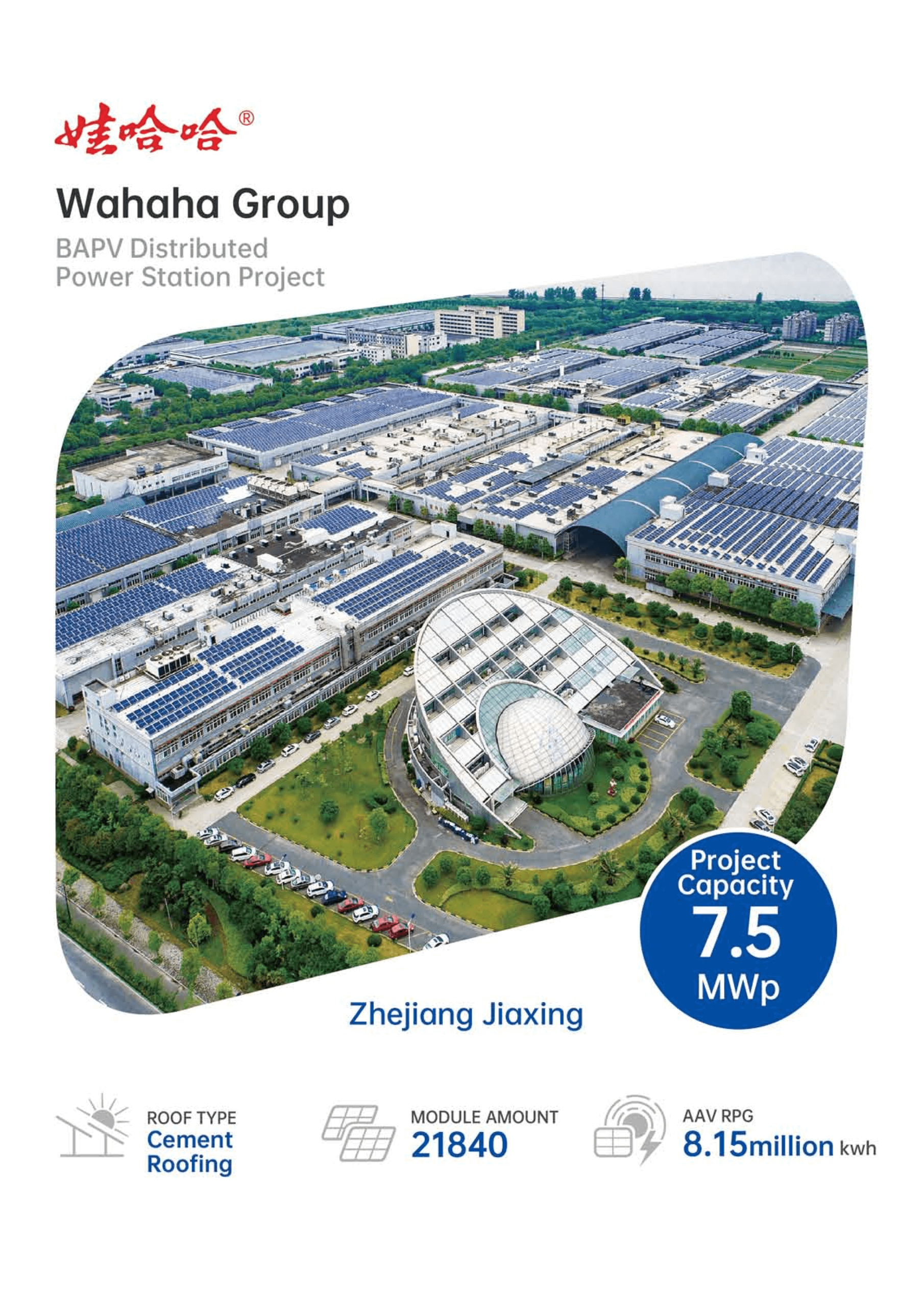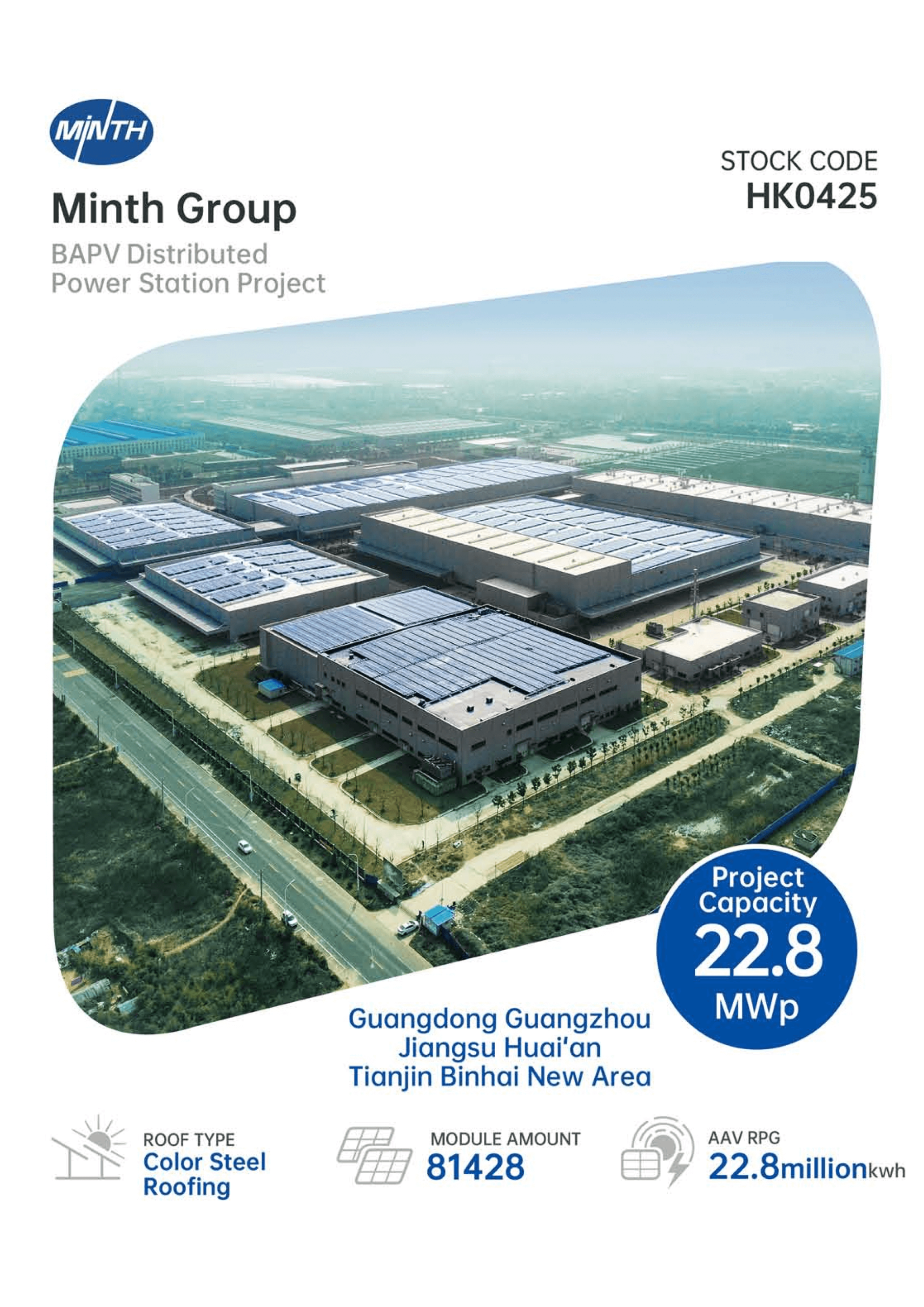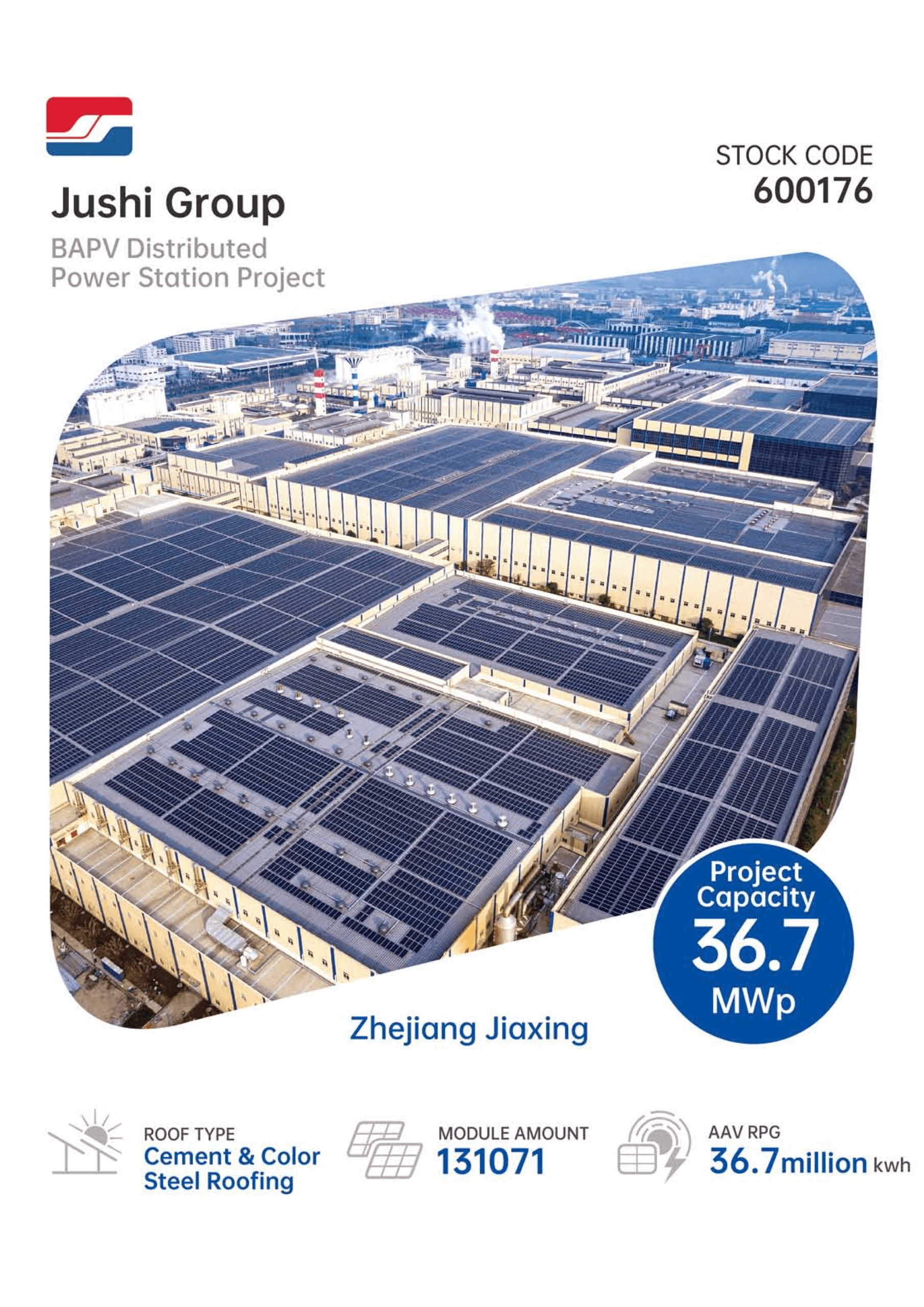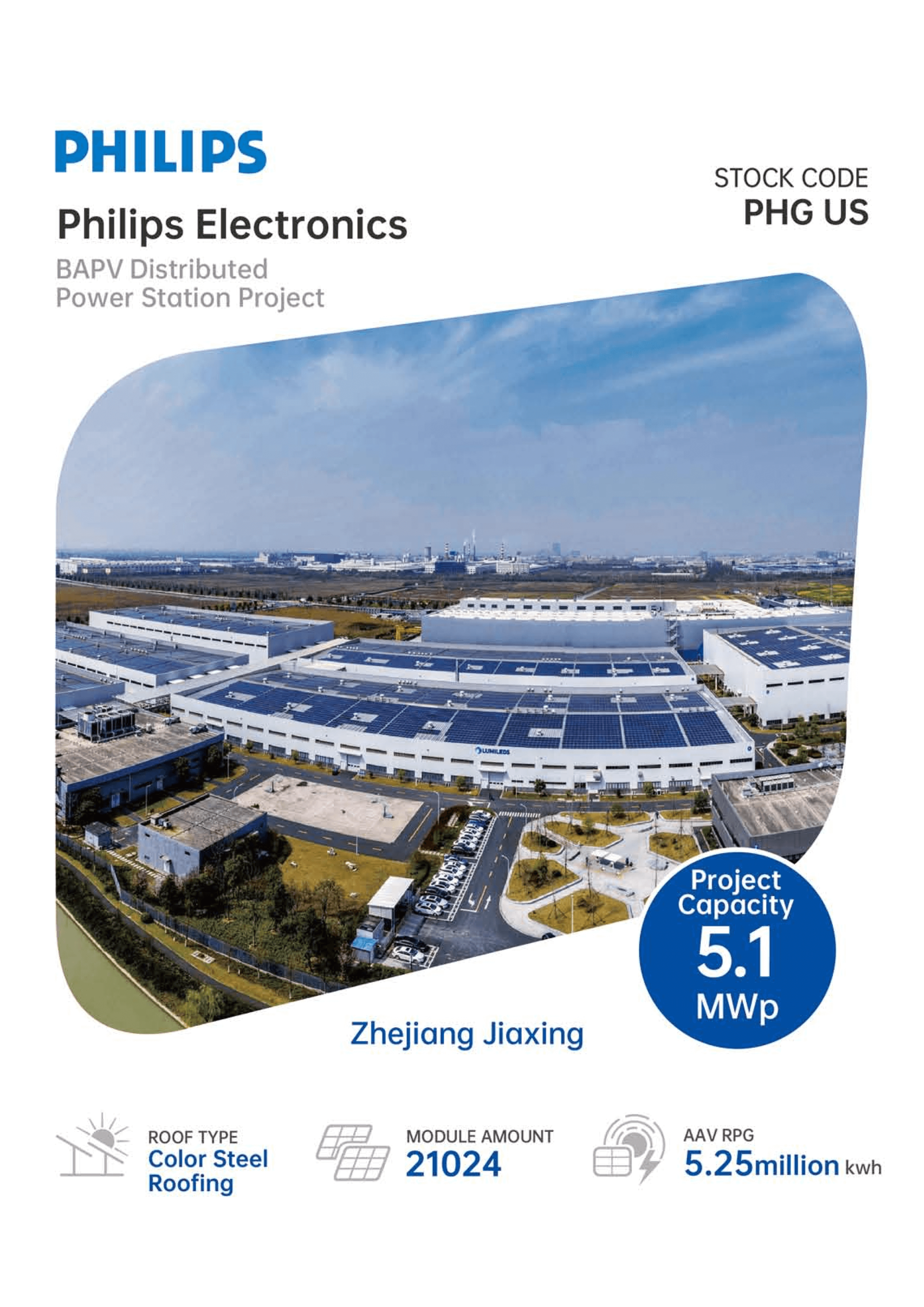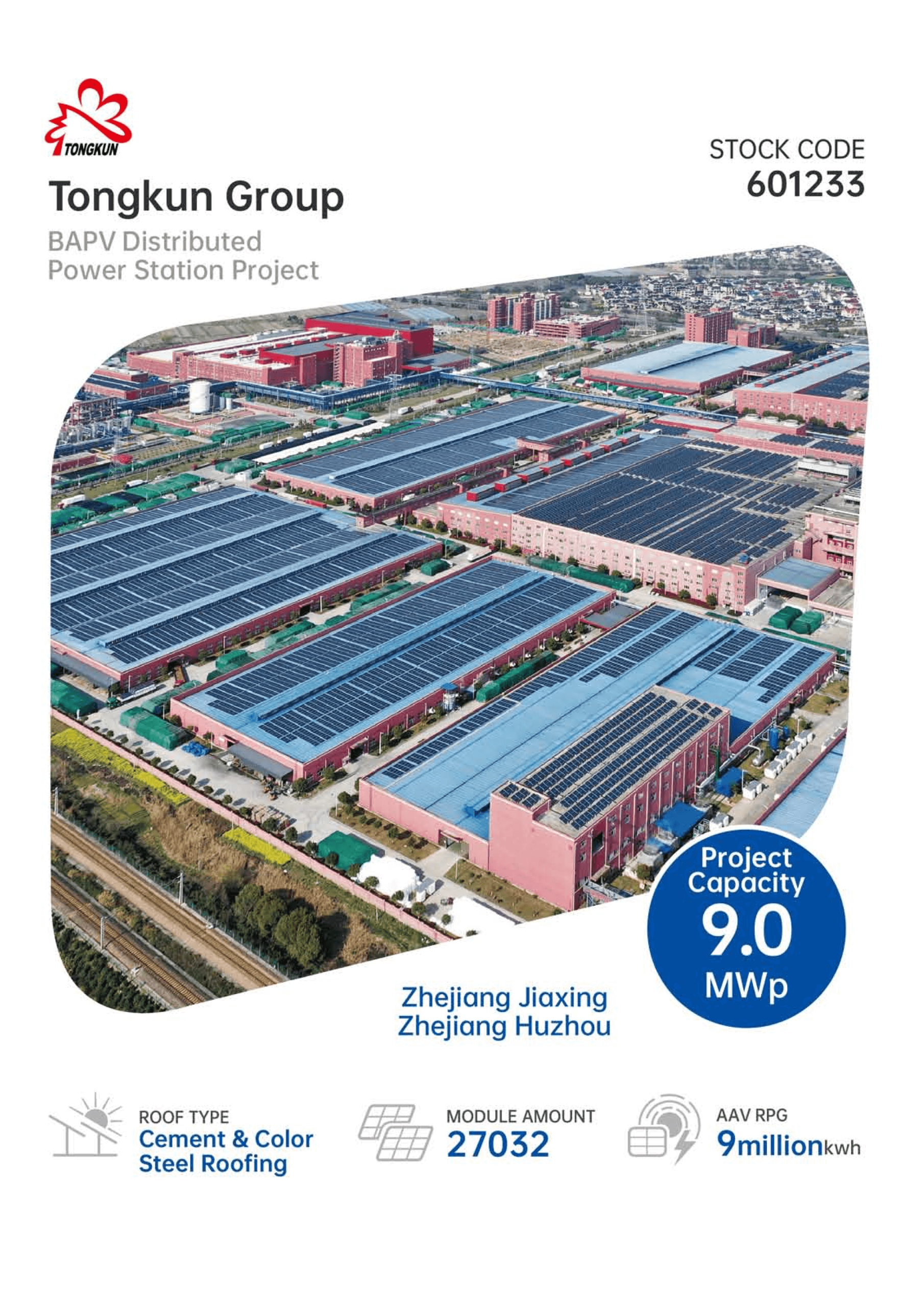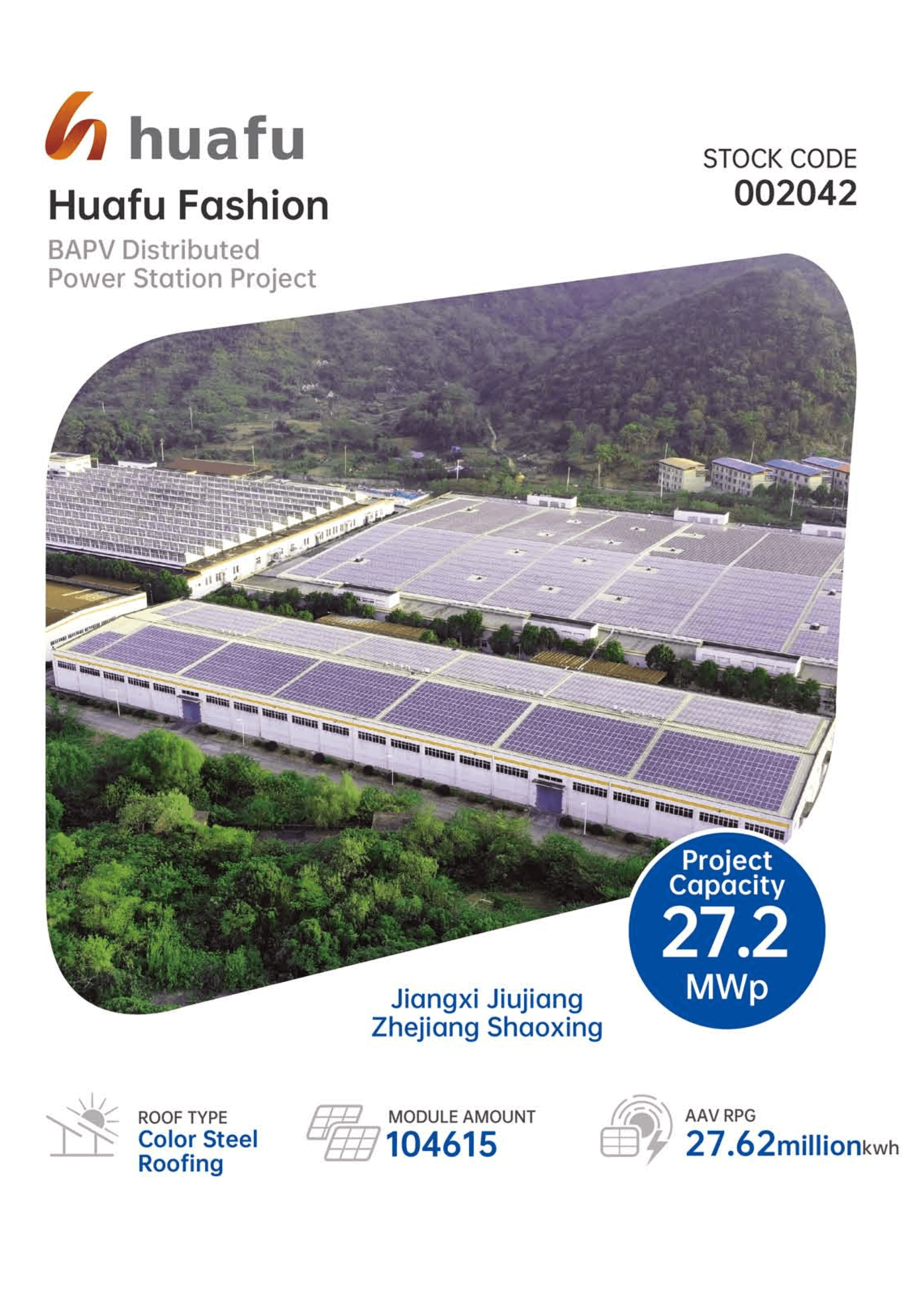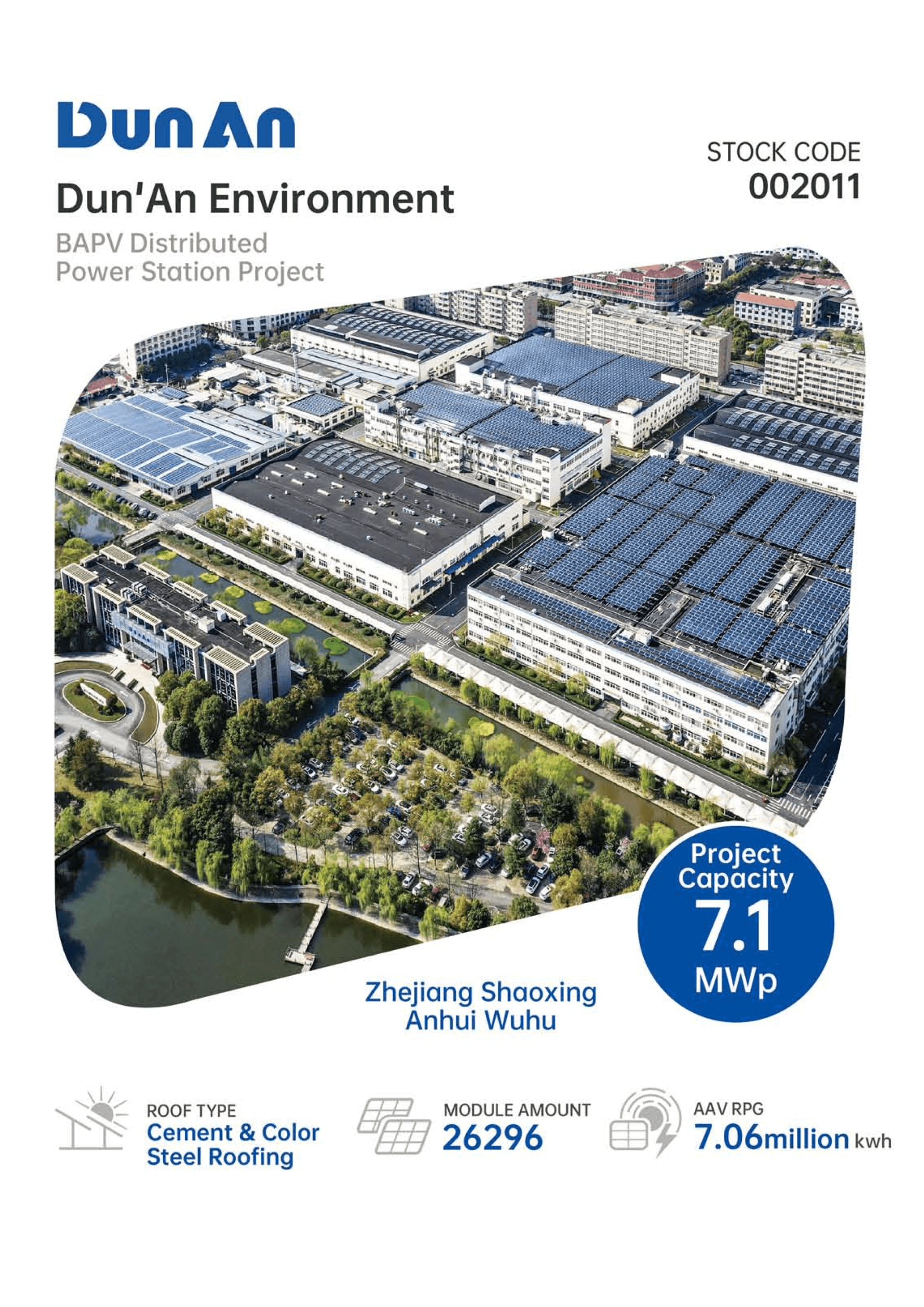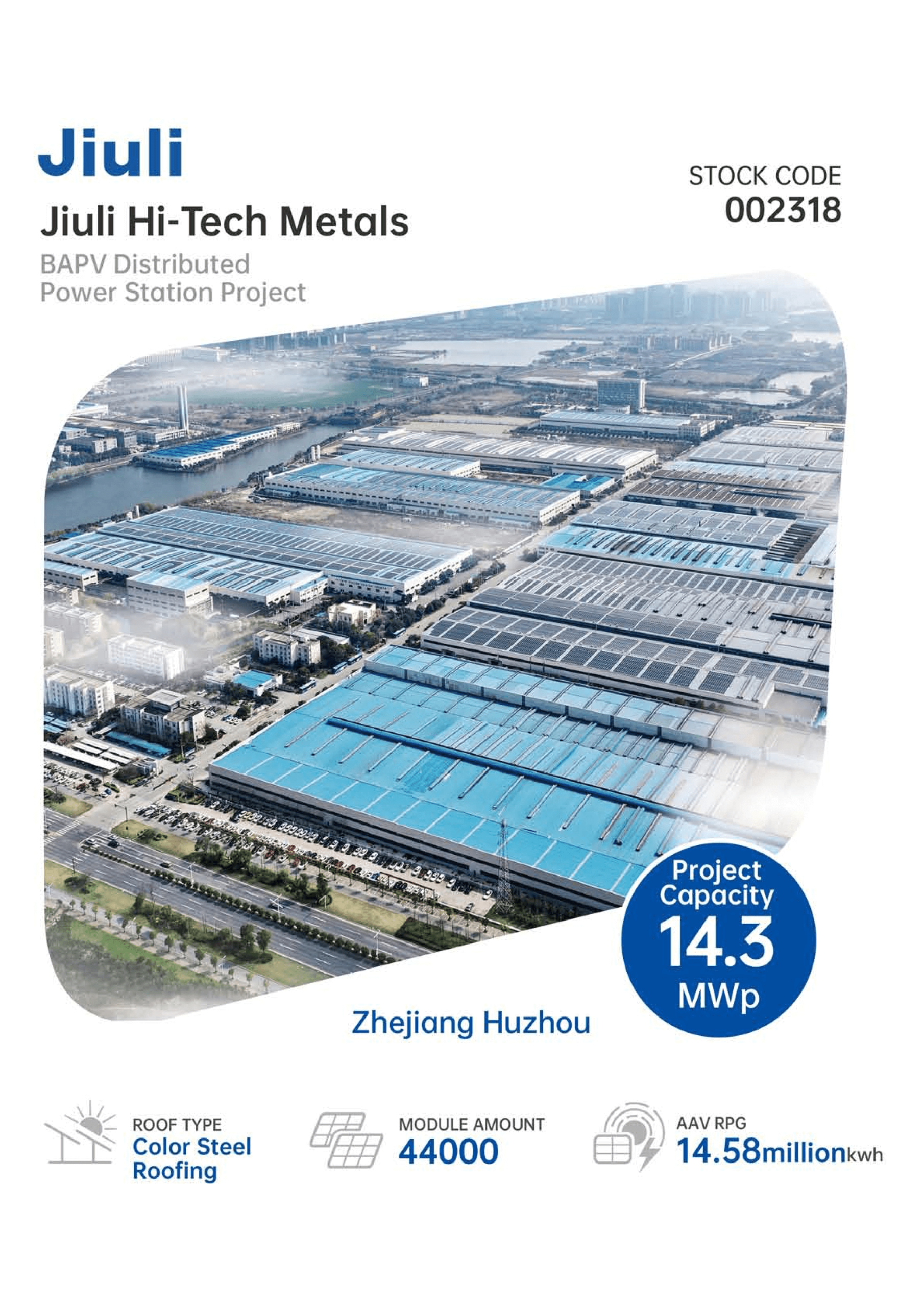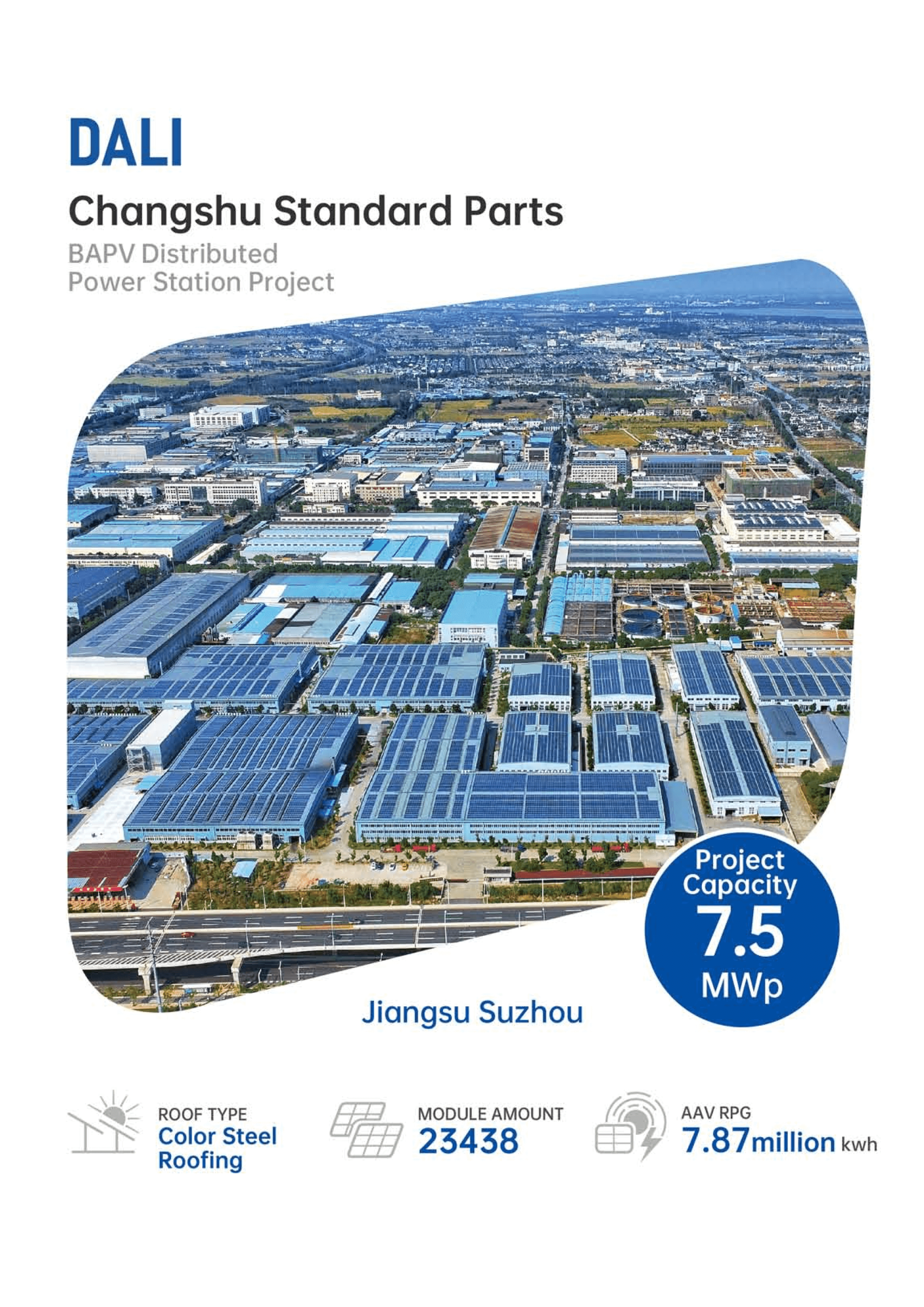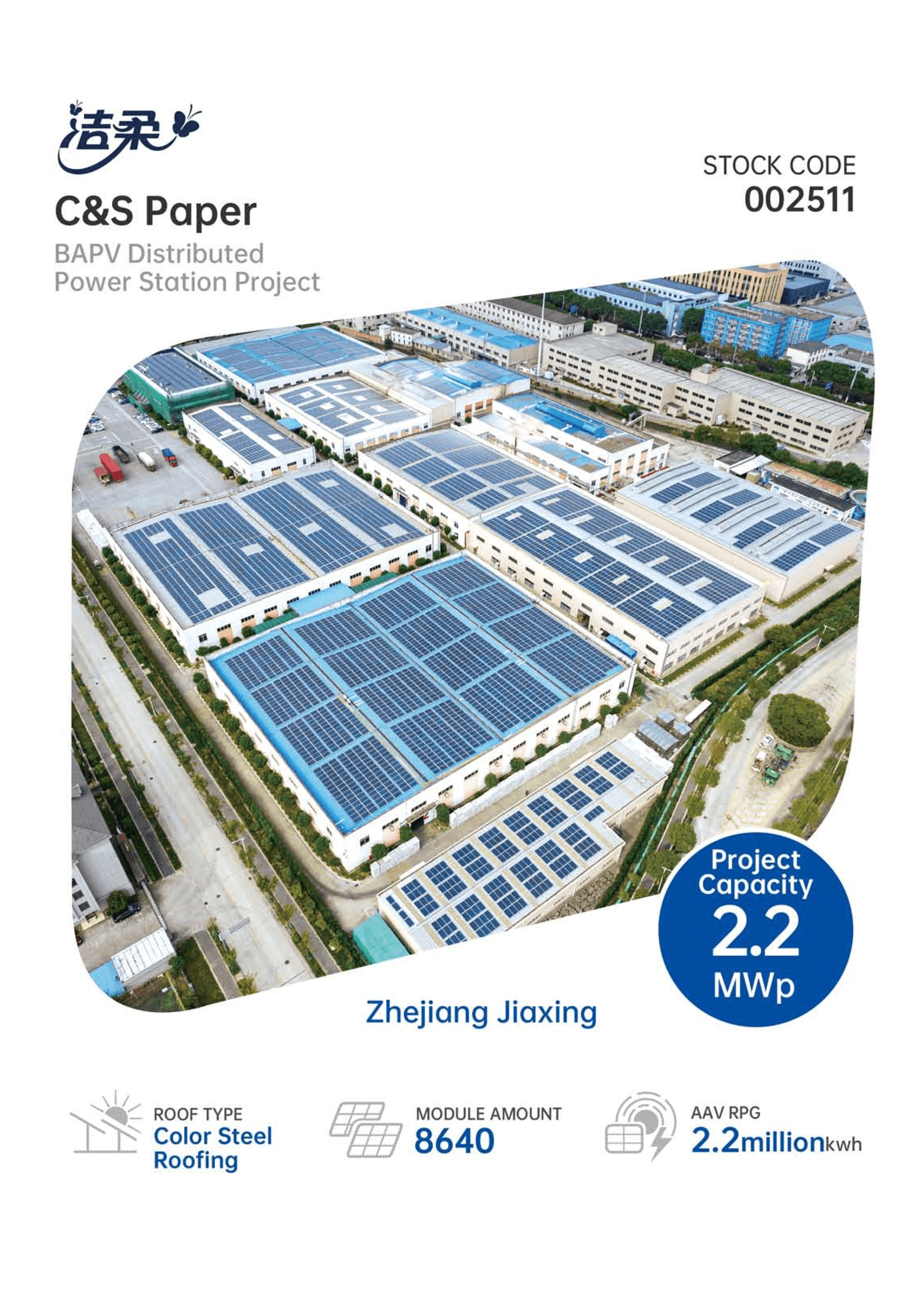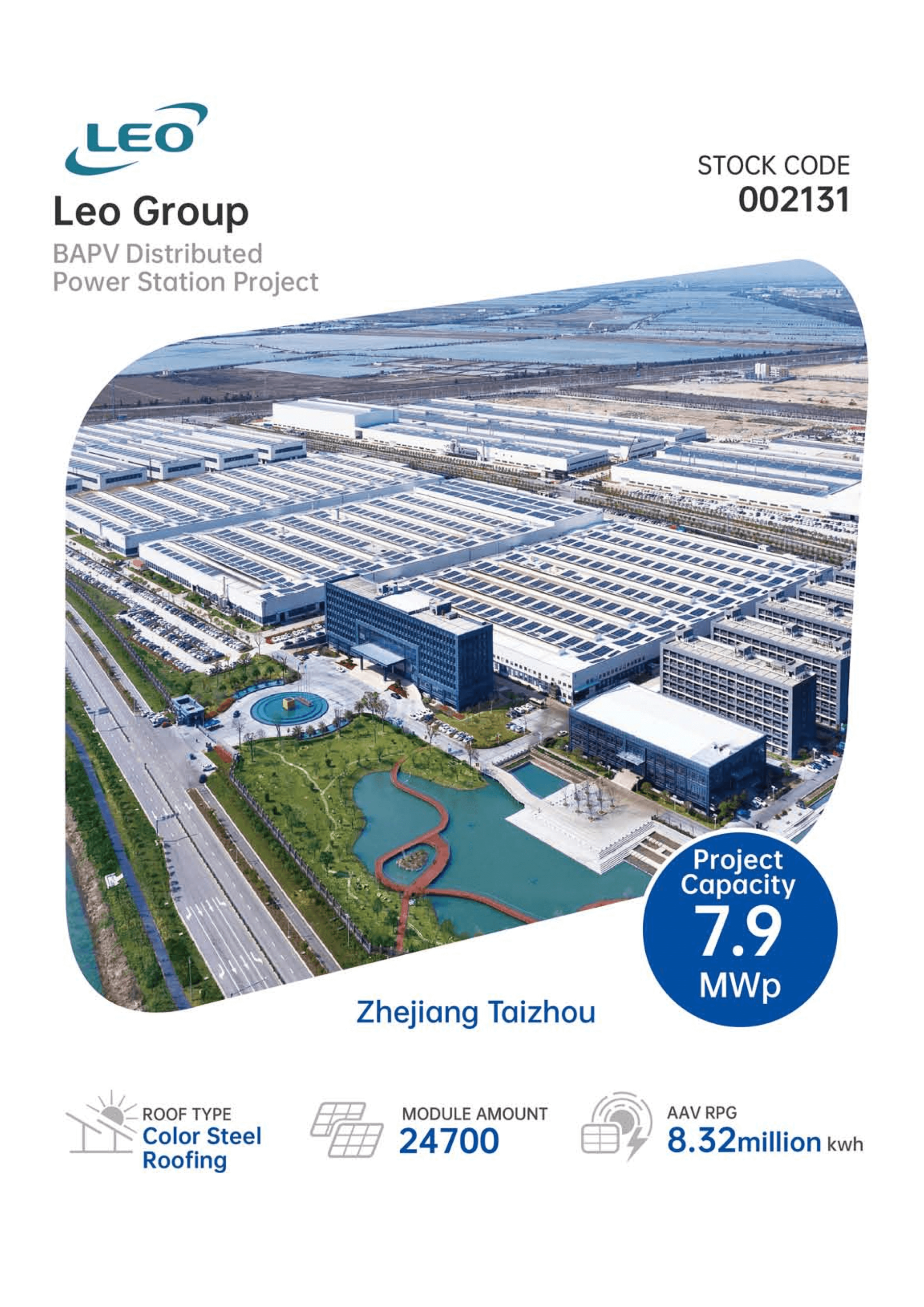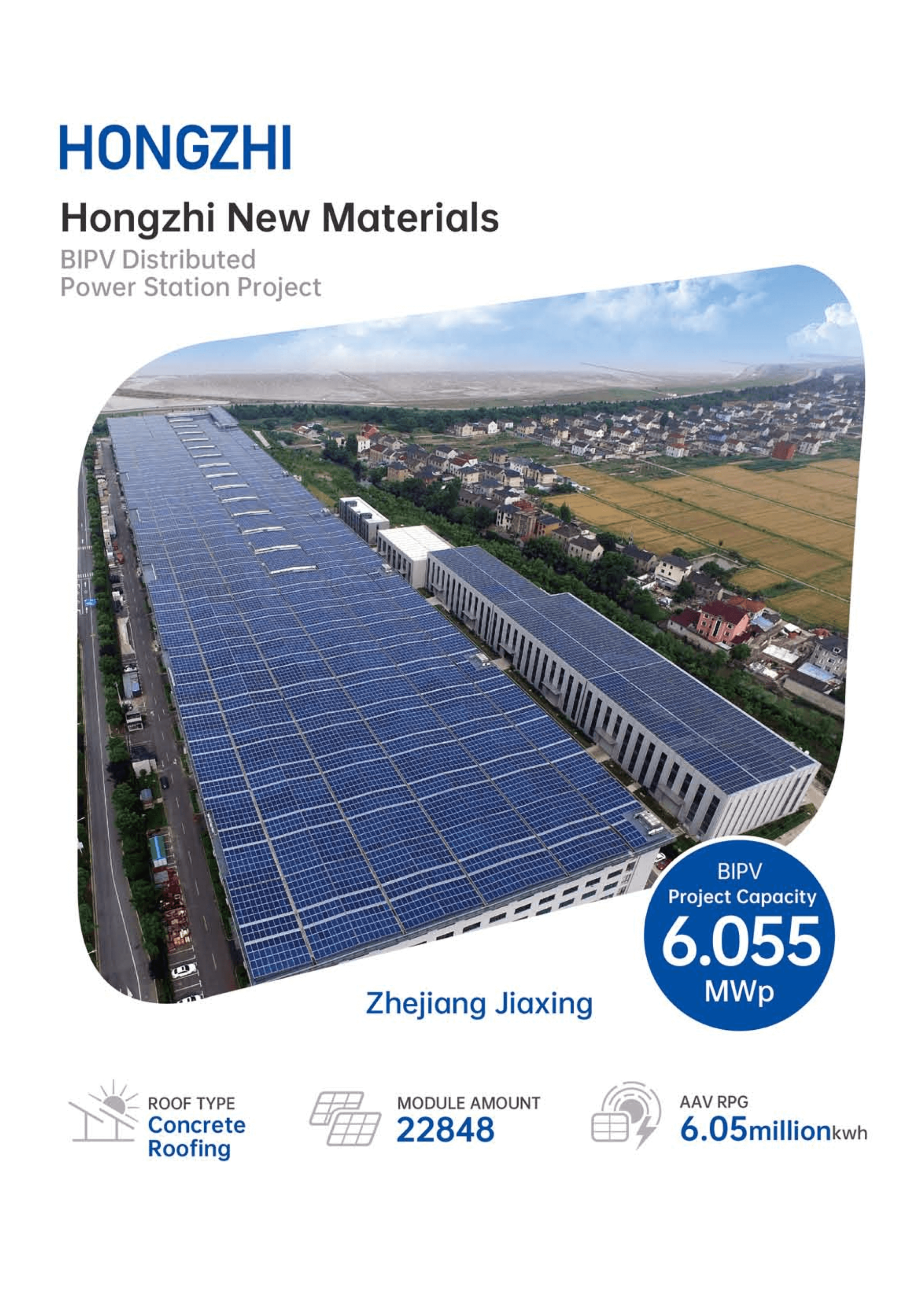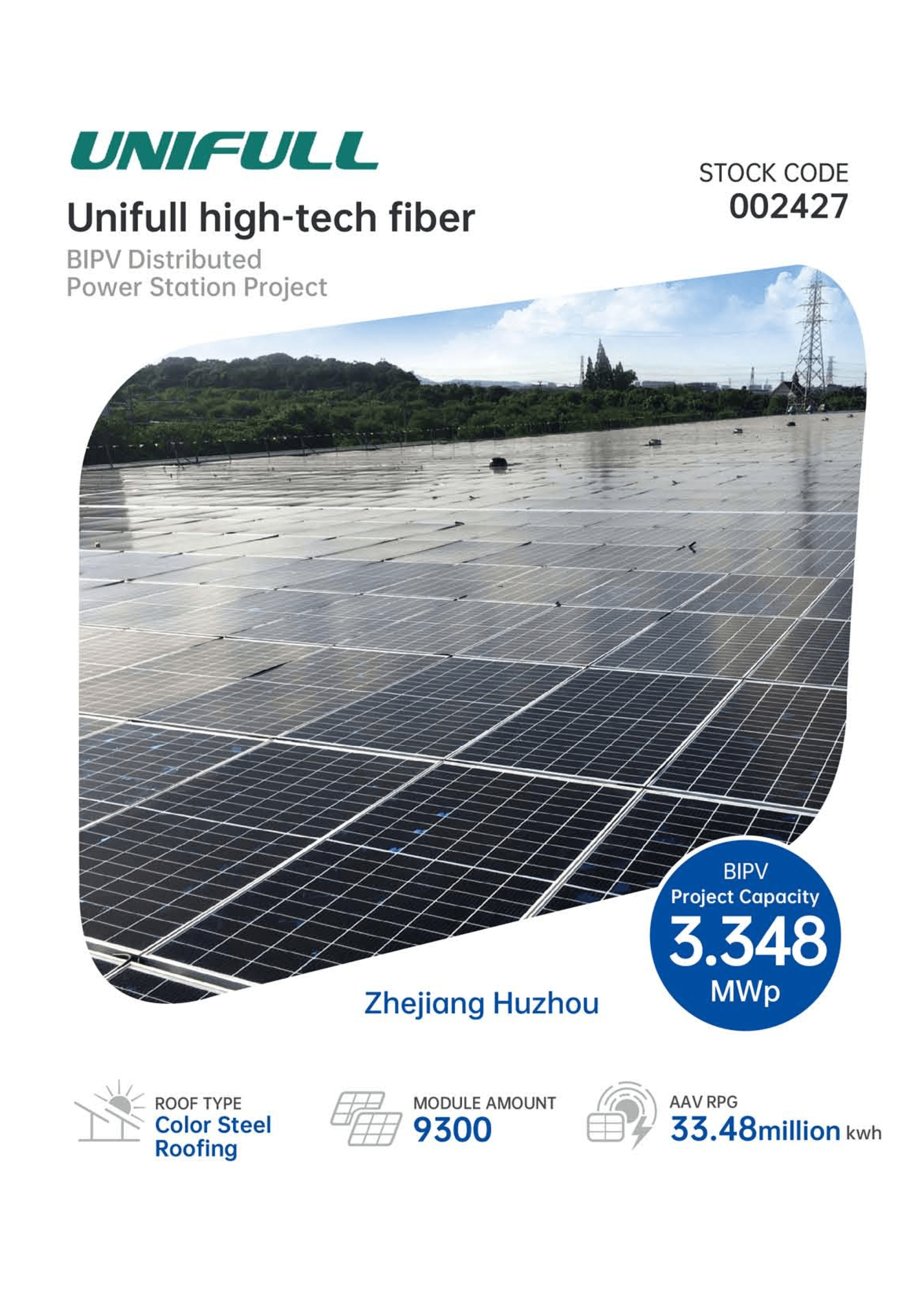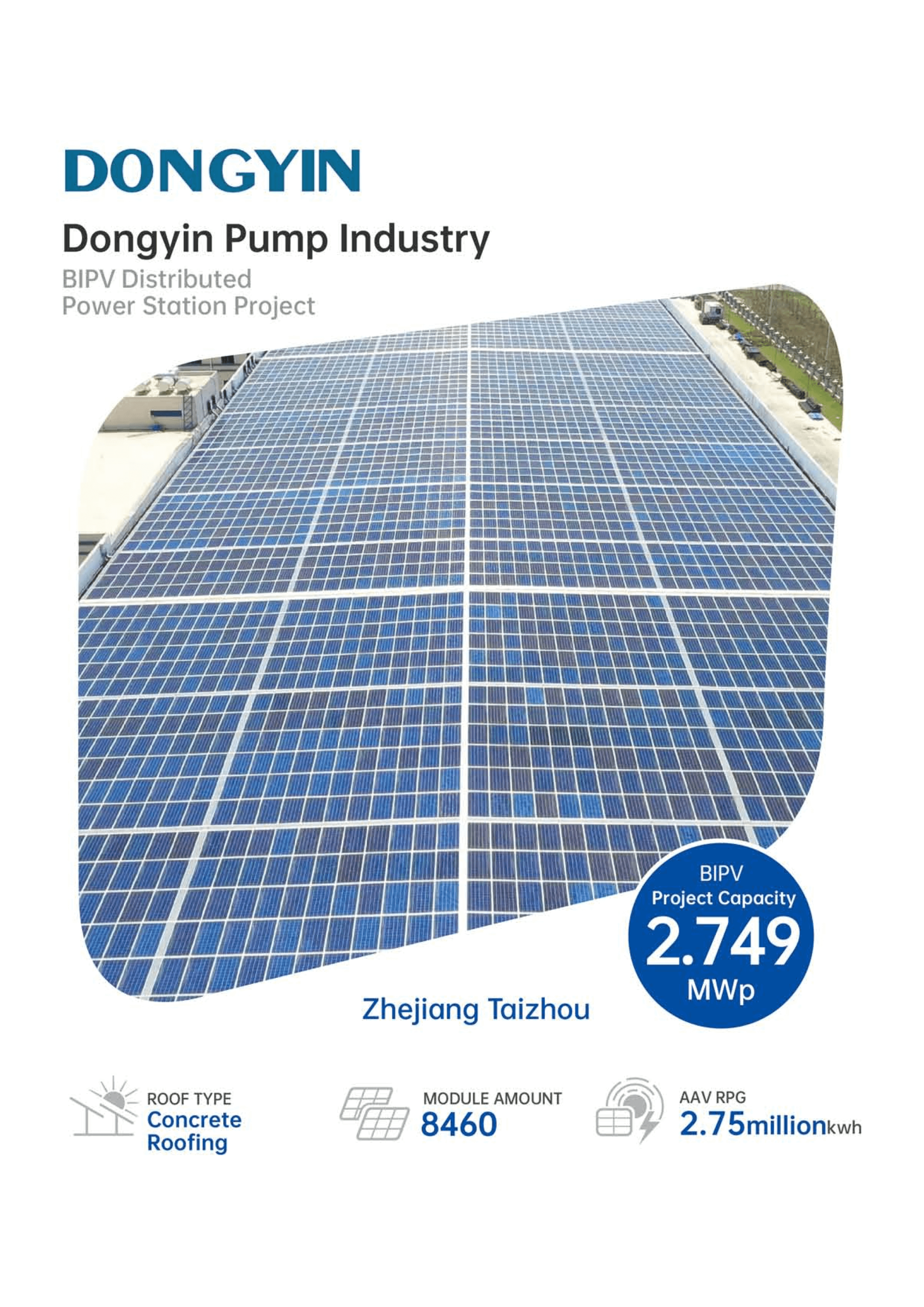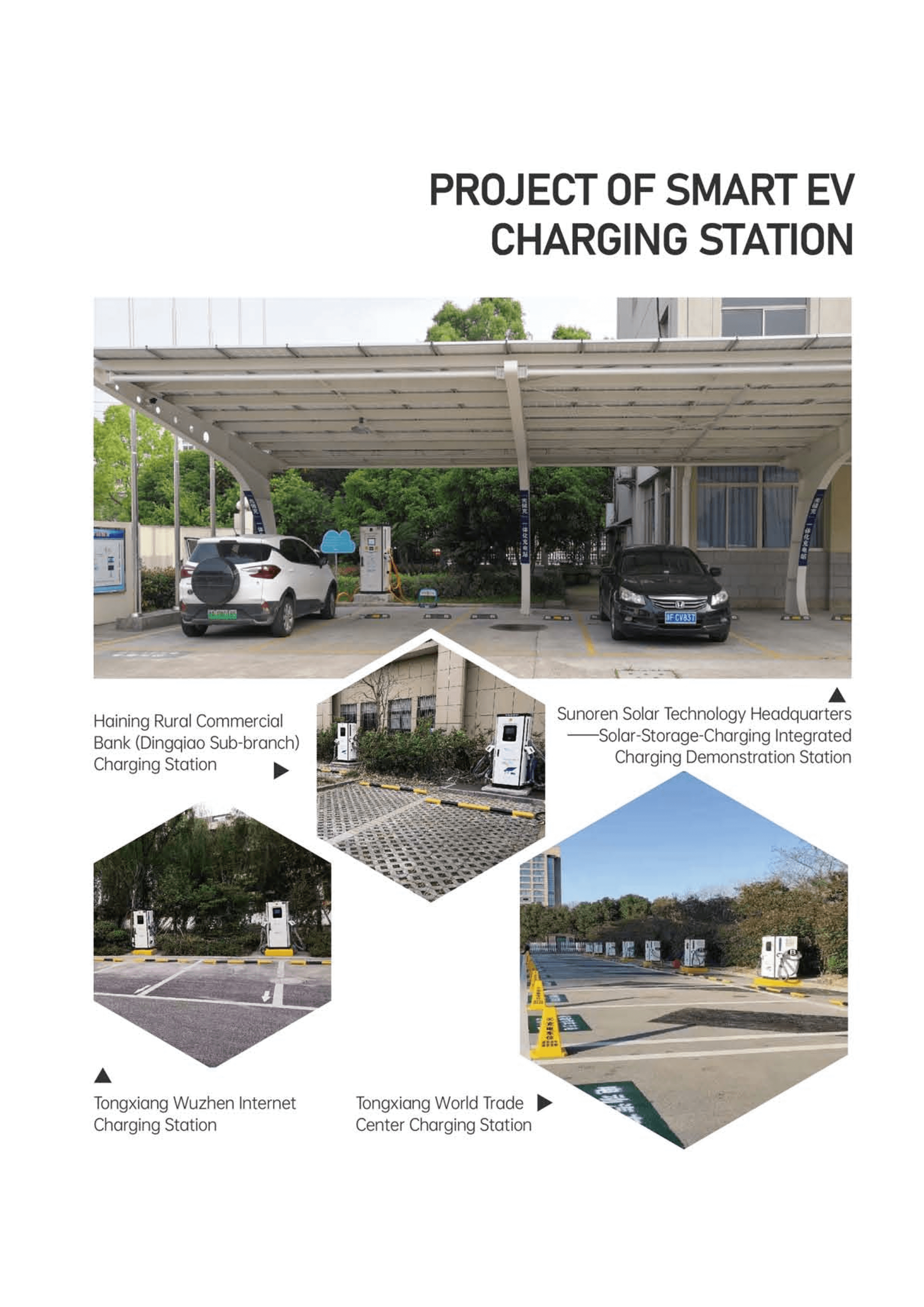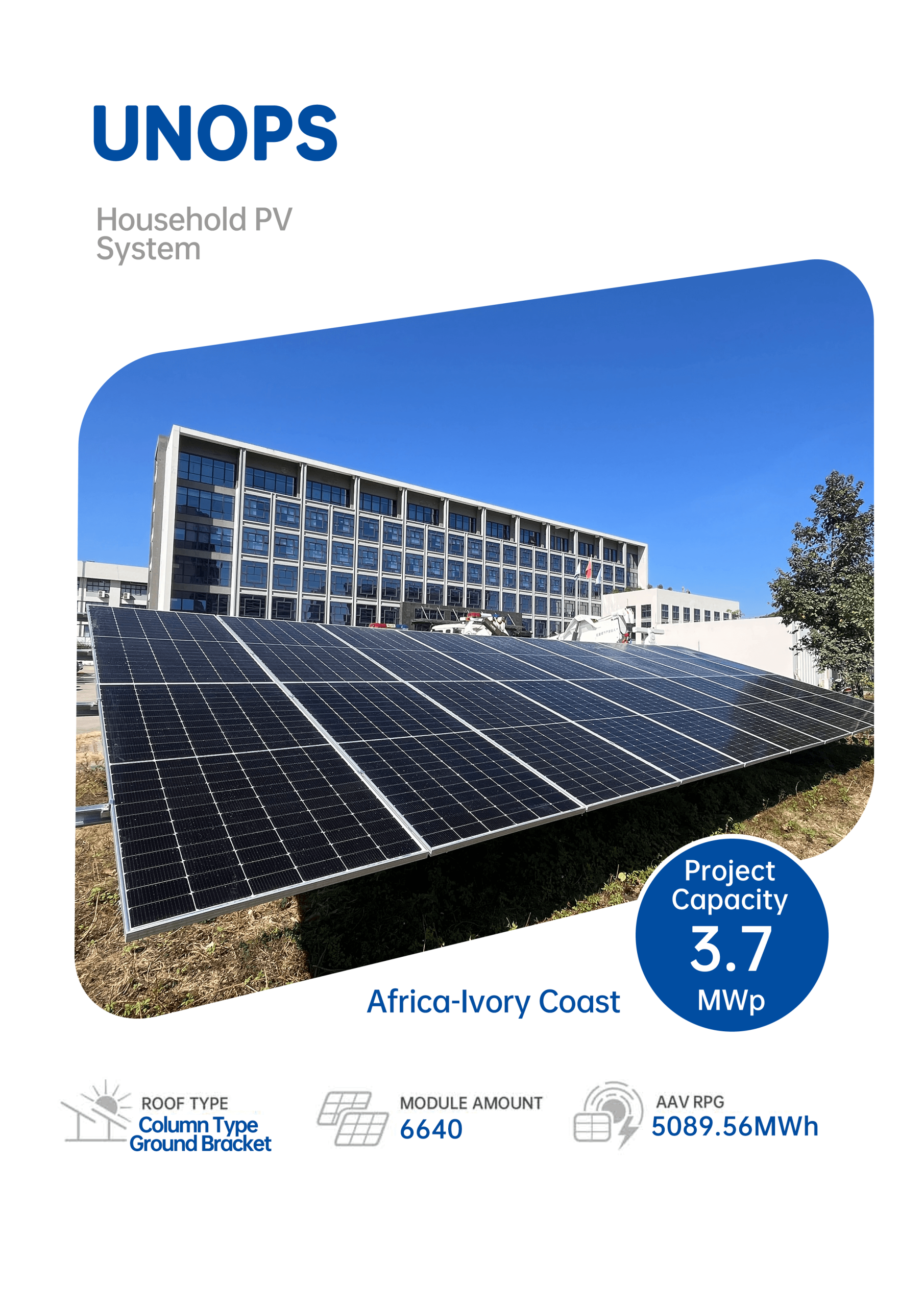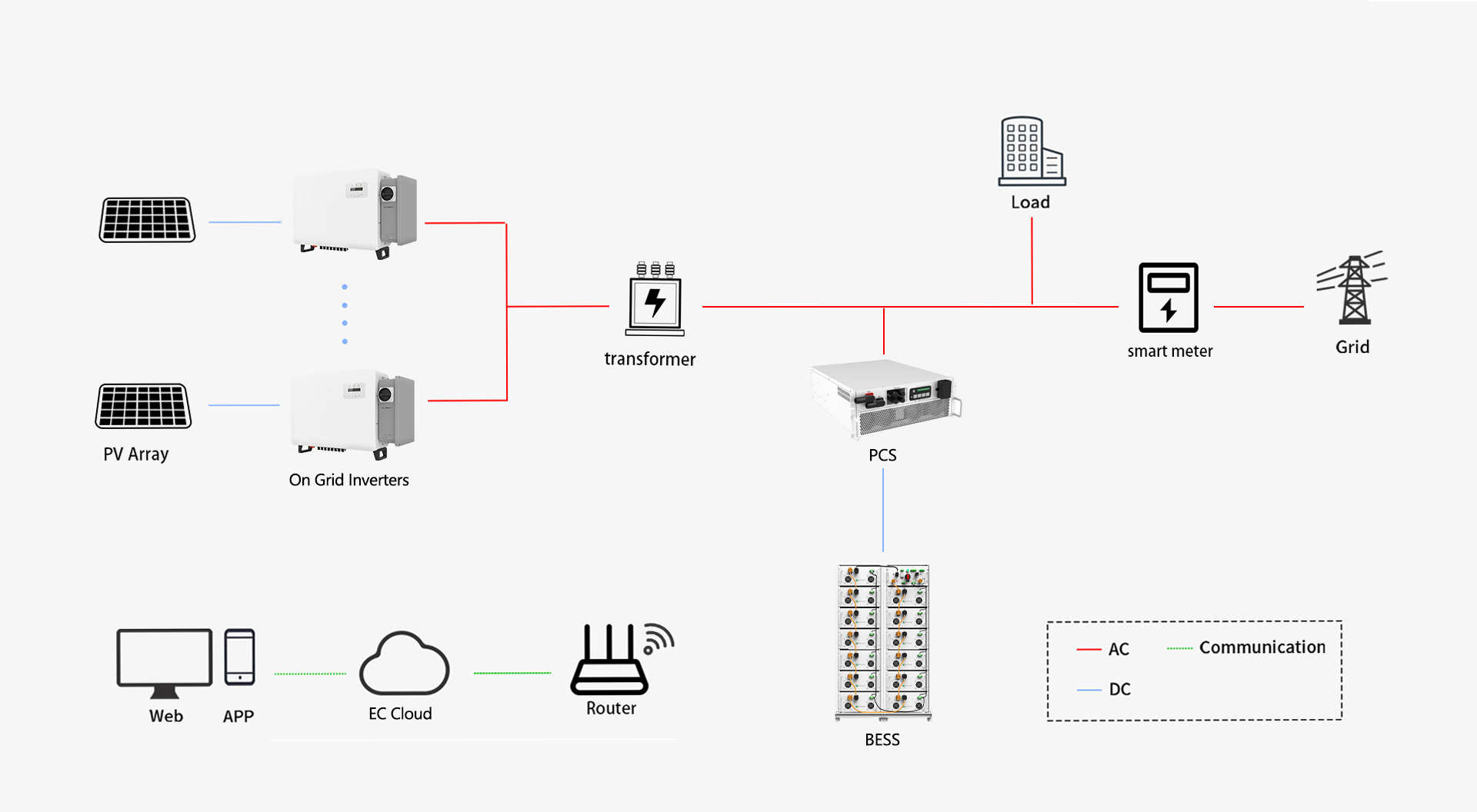
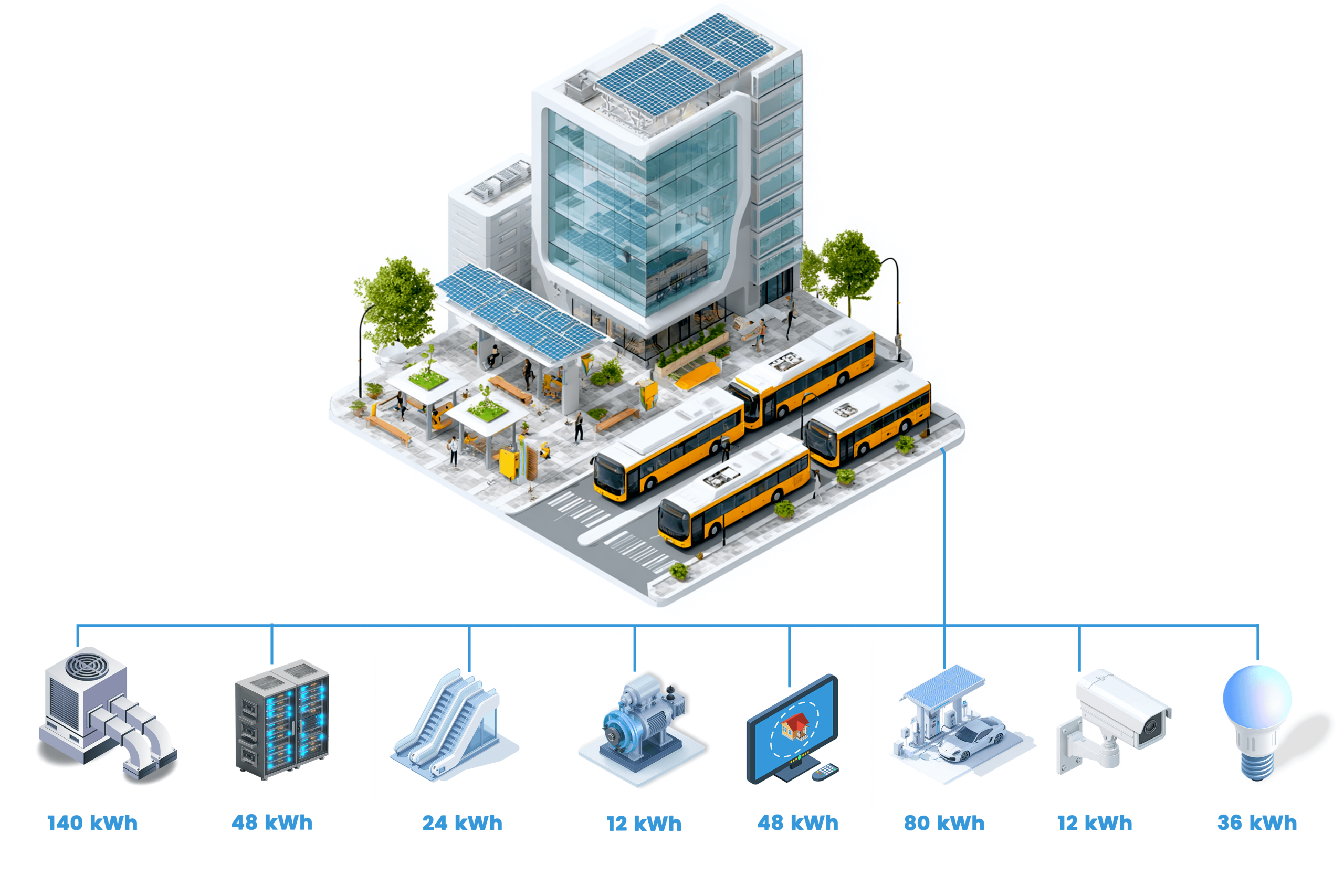
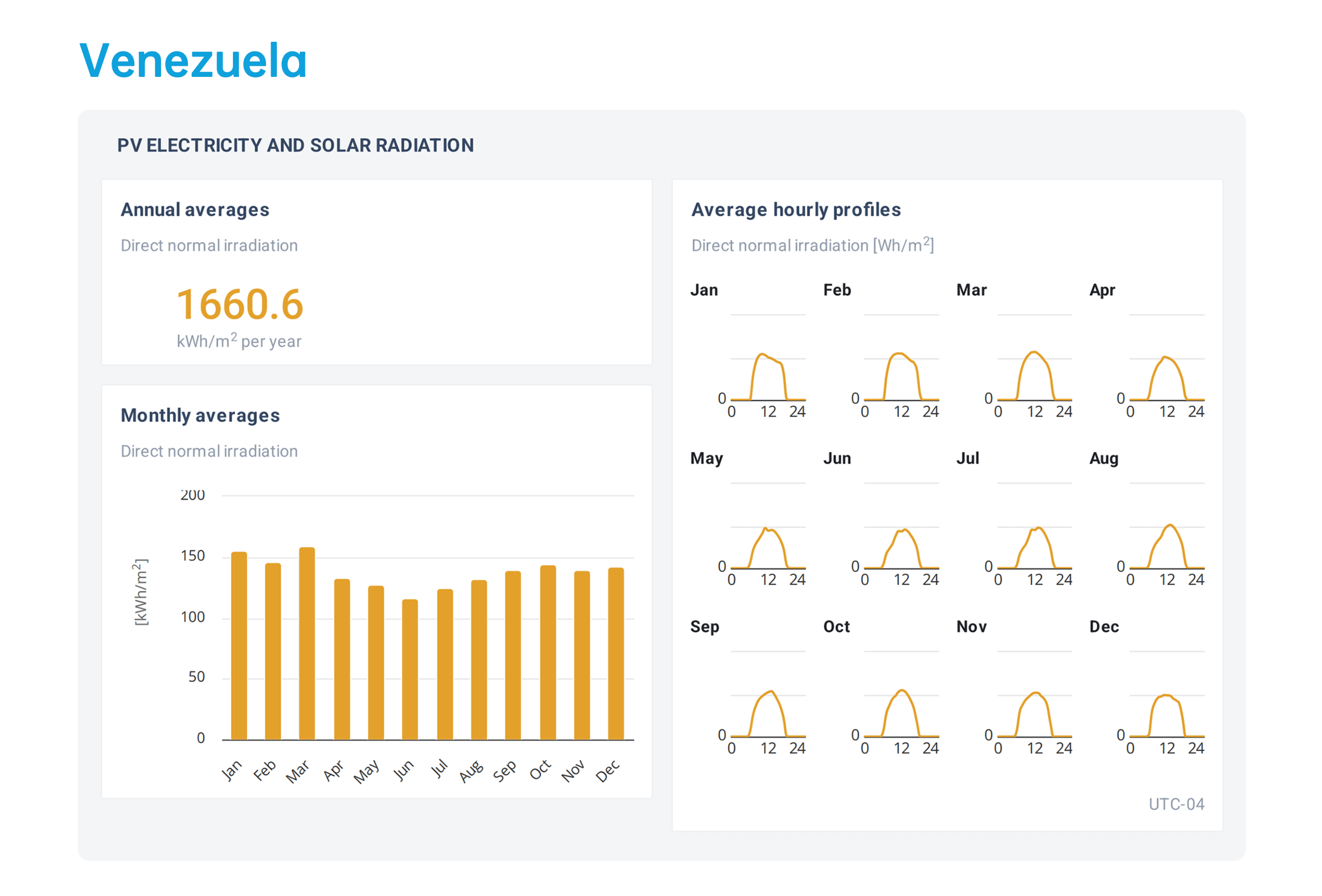
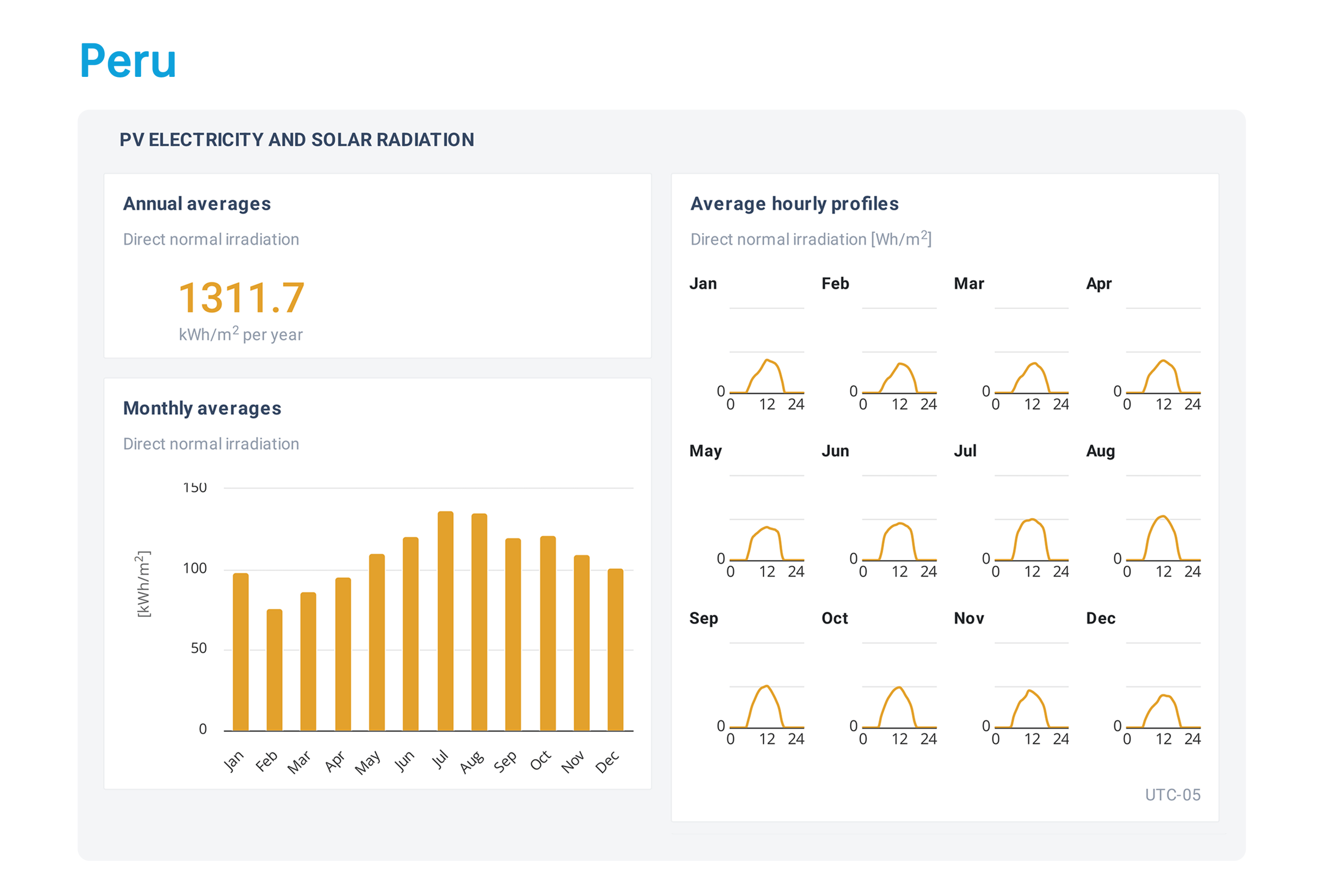
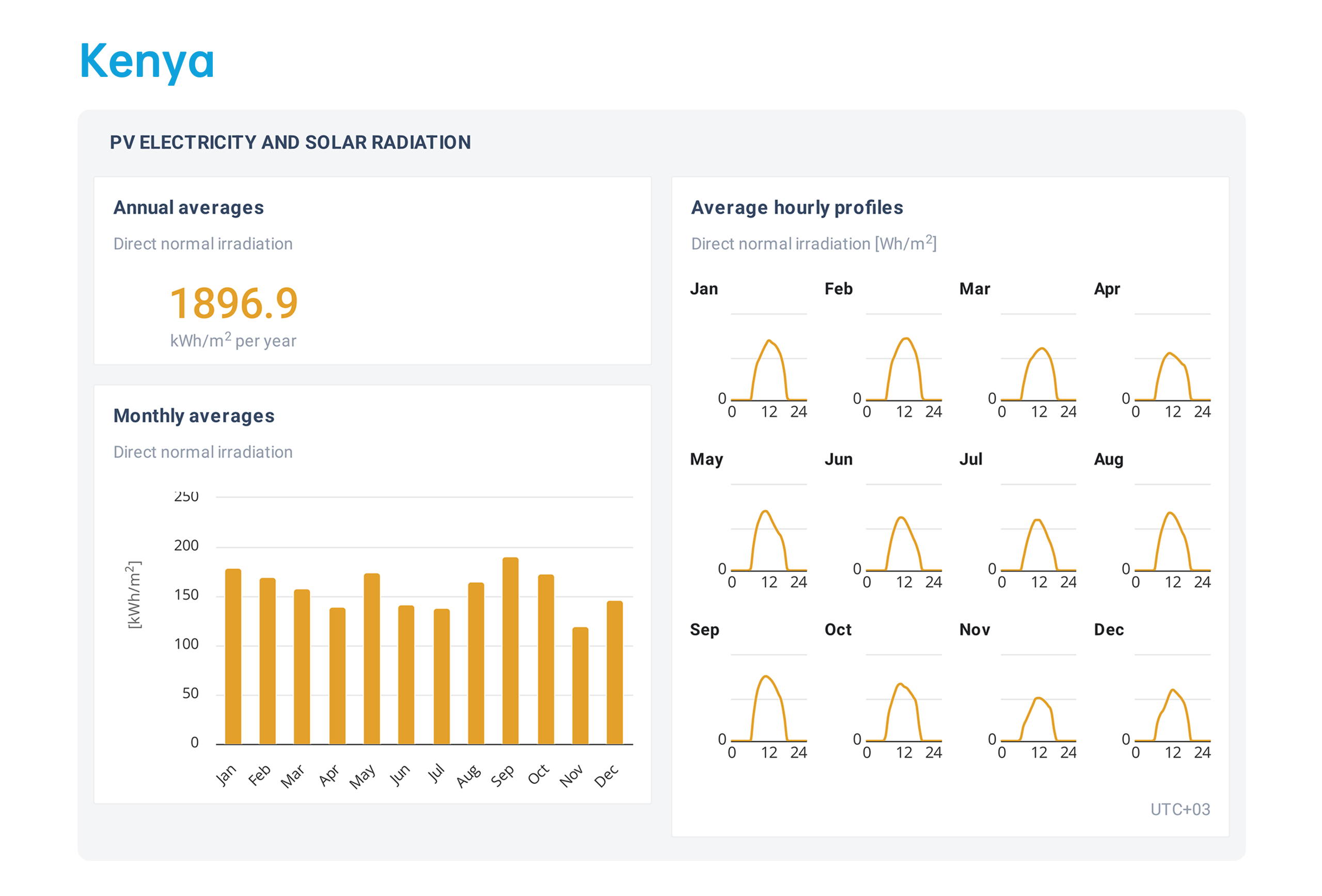
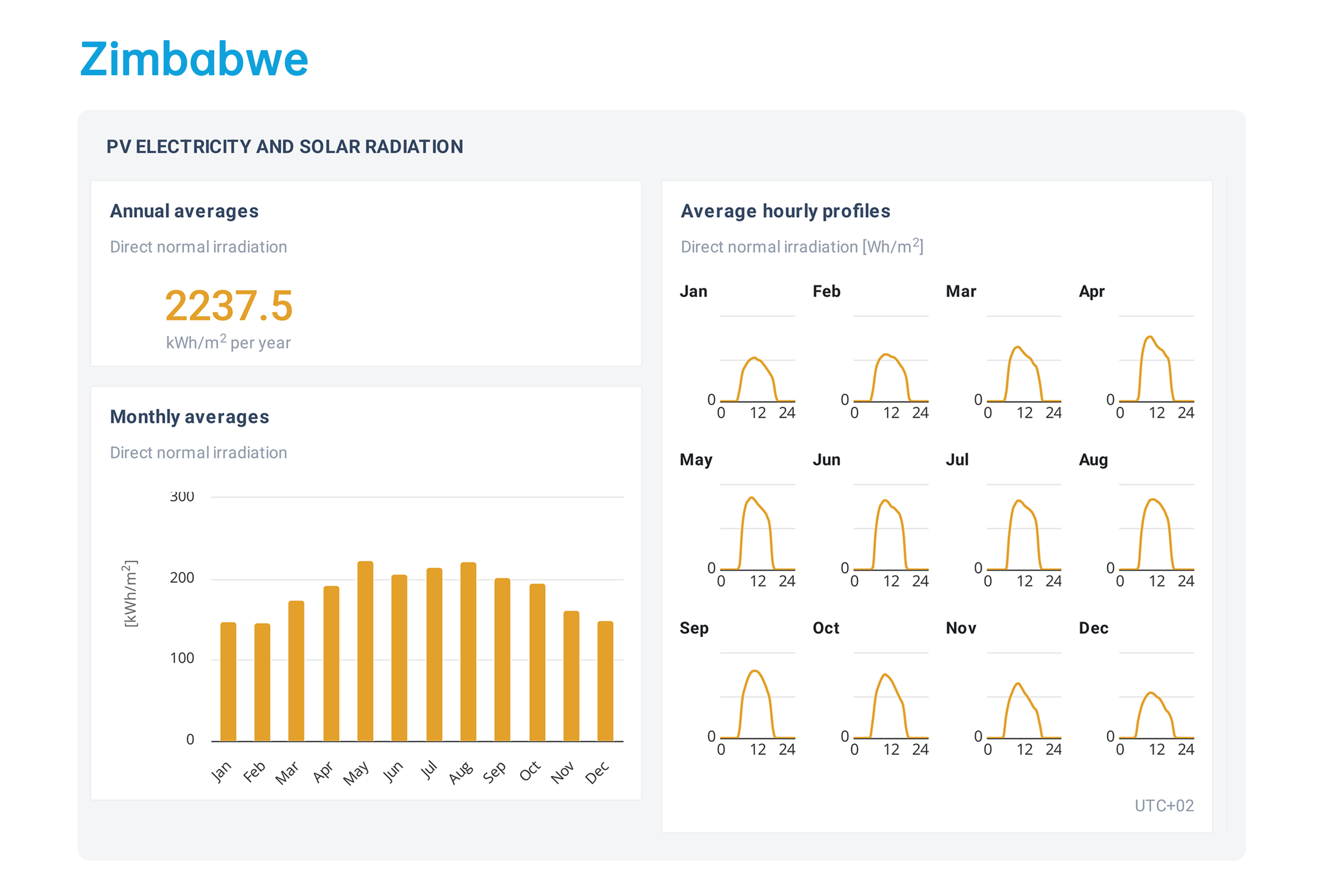
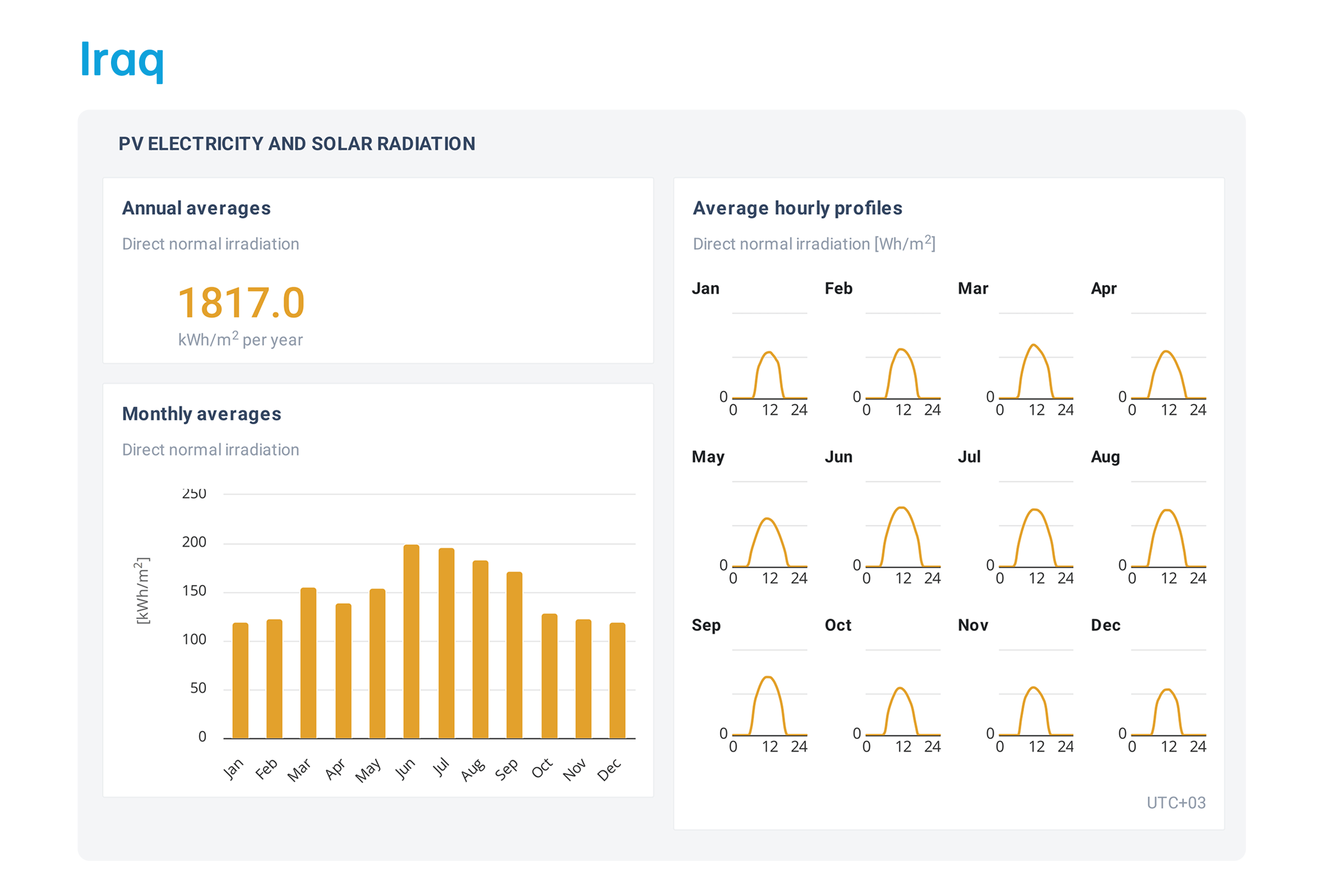
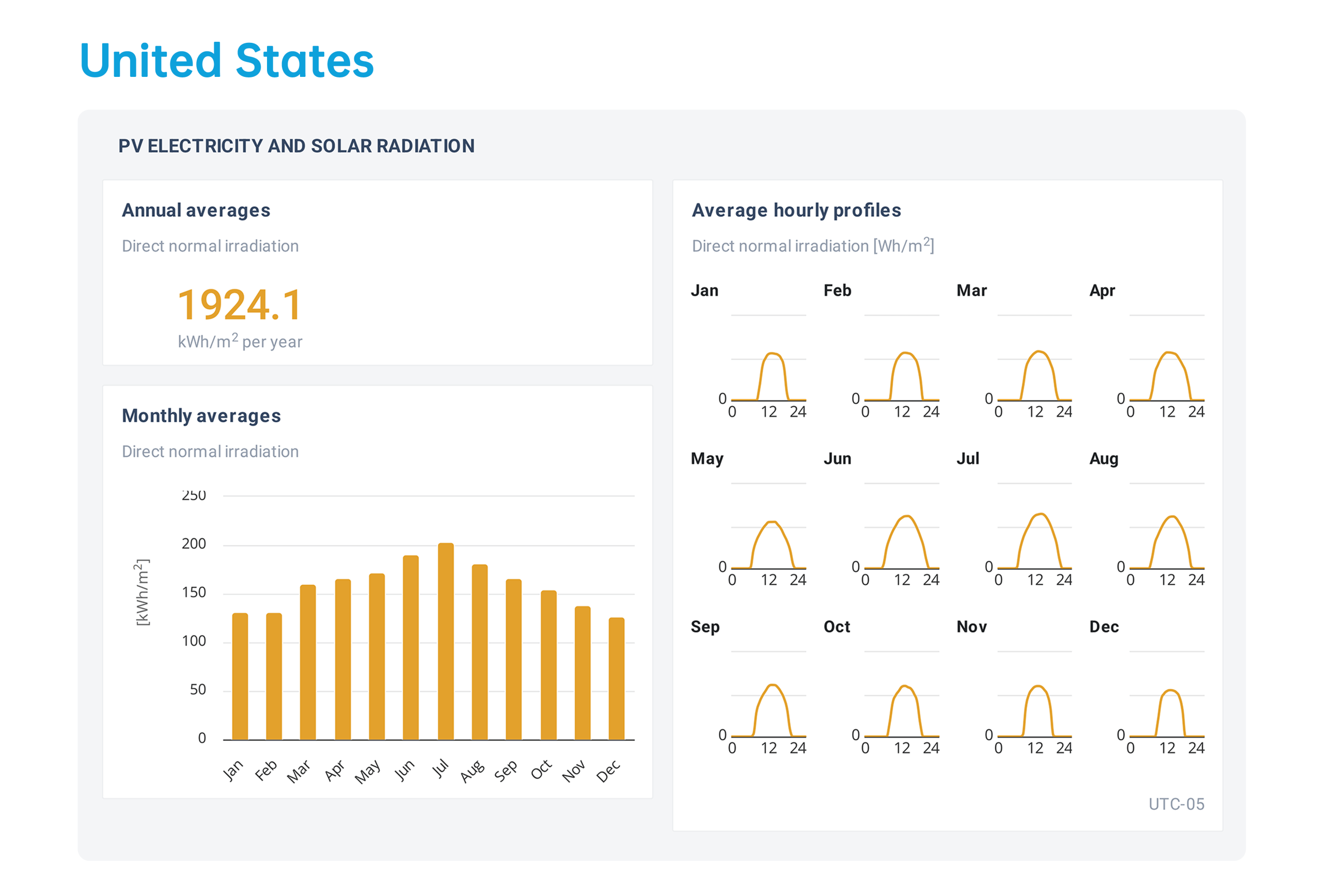
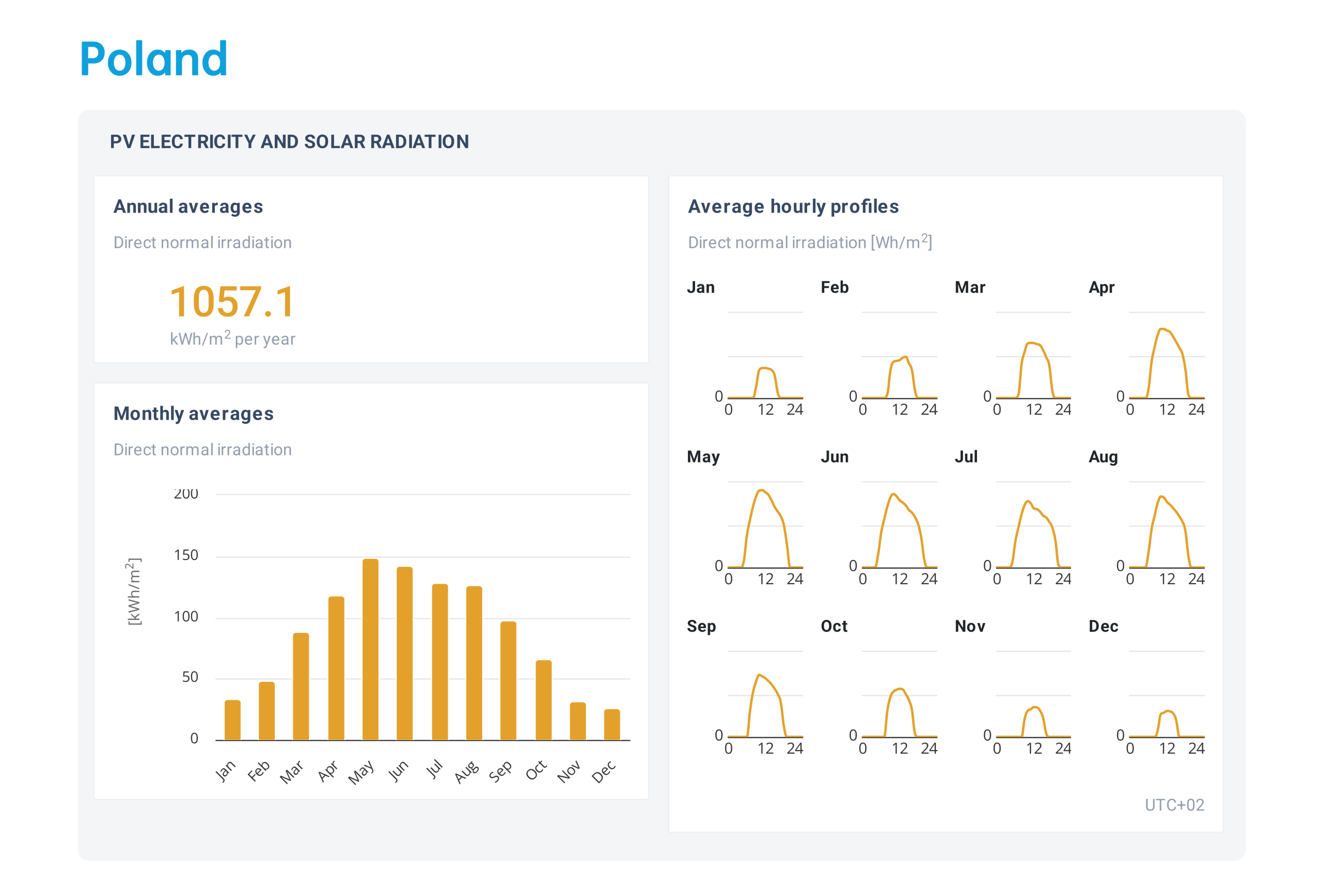
Example figures for a 100 kW Building-Integrated PV (BIPV) installation.
| BIPV System (100 kW) | |
|---|---|
| Annual Generation | ≈ 120,000–150,000 kWh |
| Self-Consumption | ~90% |
| Retail Tariff (for savings) | $0.12–0.15 / kWh (example) |
| Estimated Annual Savings | $13,000–20,000 |
| Exported Share | ~10% |
| Feed-in Tariff (for exports) | $0.07–0.10 / kWh |
| Estimated Surplus Revenue | $900–1,500 / year |
| Indicative Payback Period | ~3–5 years |
| Long-Term Benefit | Energy cost reduction; enhances building sustainability credentials |
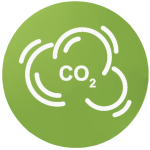
136.43 t / Year

4.64 t / Year

52.50 t / Year

600 jobs / 100MW project
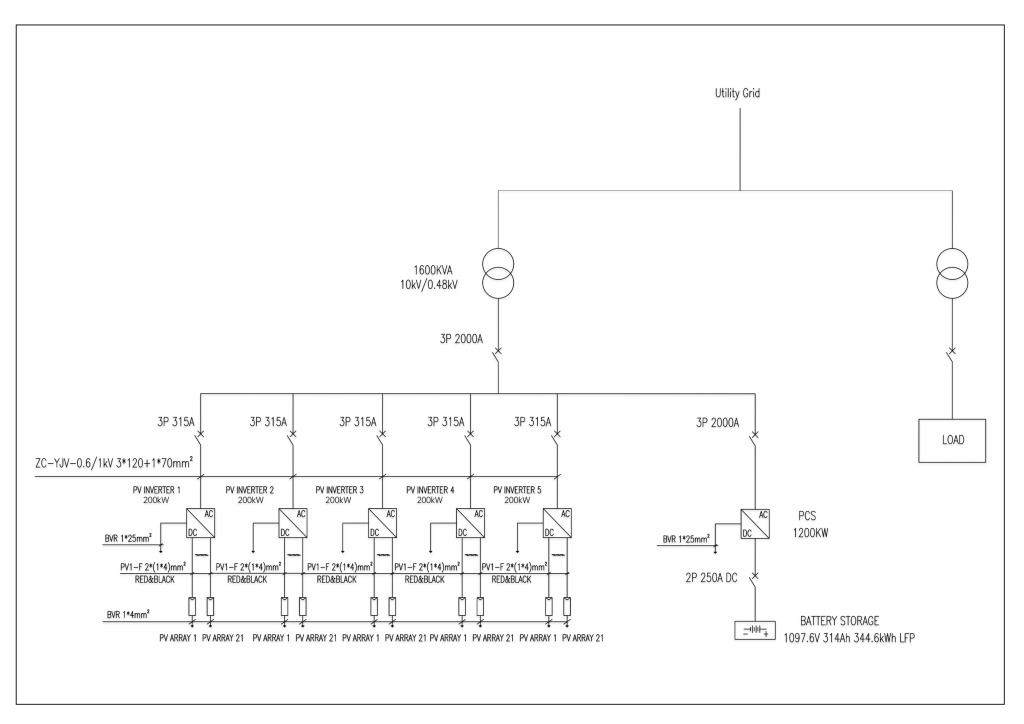
This text briefly introduces visitors to your main services.
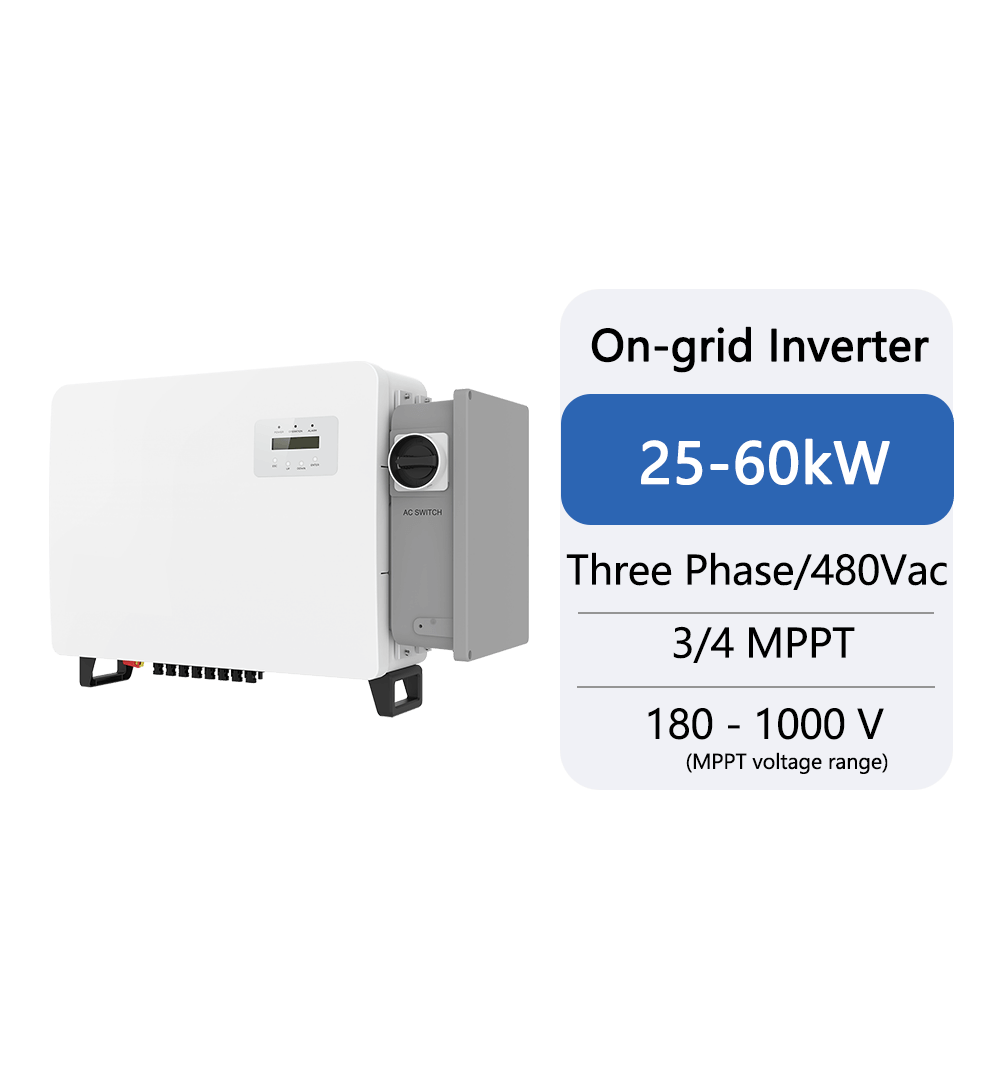
98.7% Max Efficiency | Multiple MPPT Design | Wide DC Input Range | Smart Monitoring | IP65 Protection | Reactive Power Control
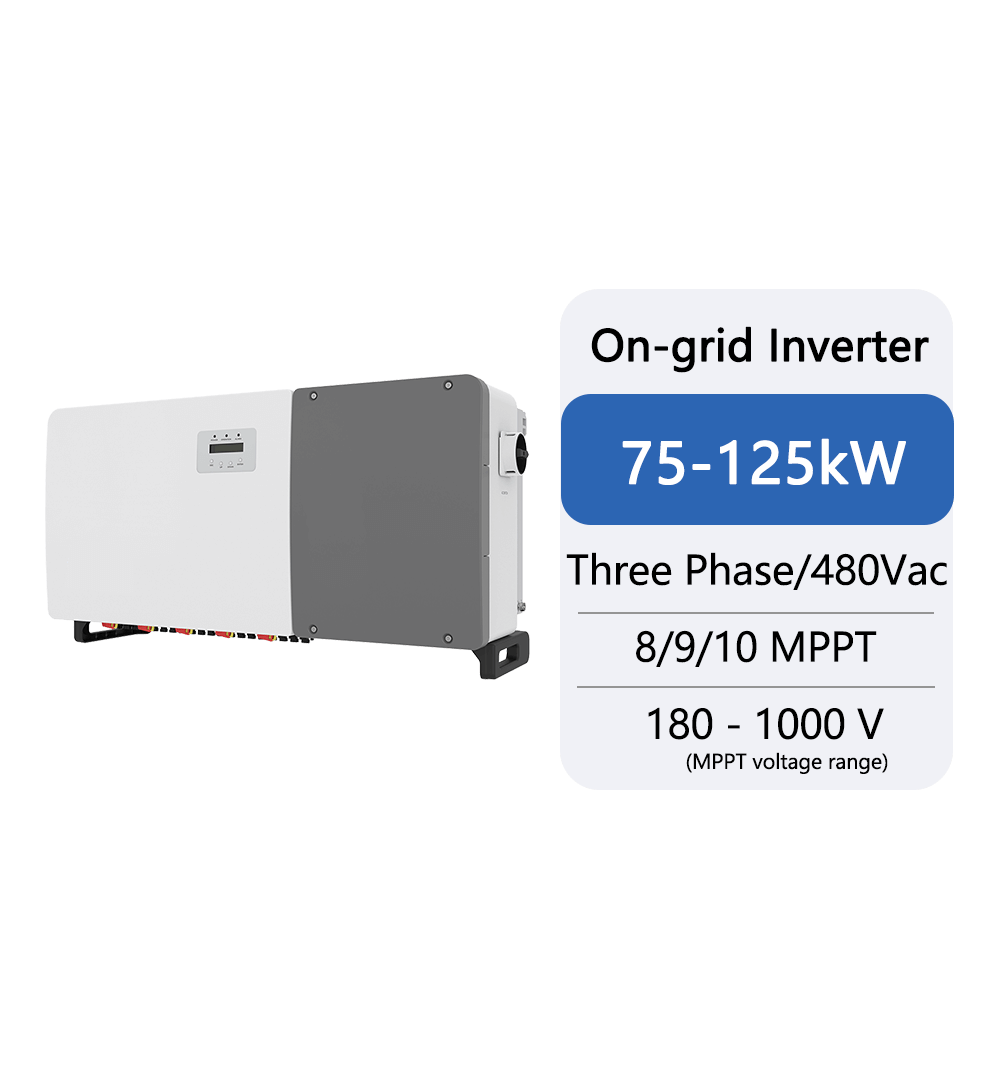
99% Max Efficiency | Up to 10 MPPTs | Wide DC Input Range | String-level Monitoring | Smart Cooling System | IP66 Protection | Reactive Power Control | Grid Support Functions
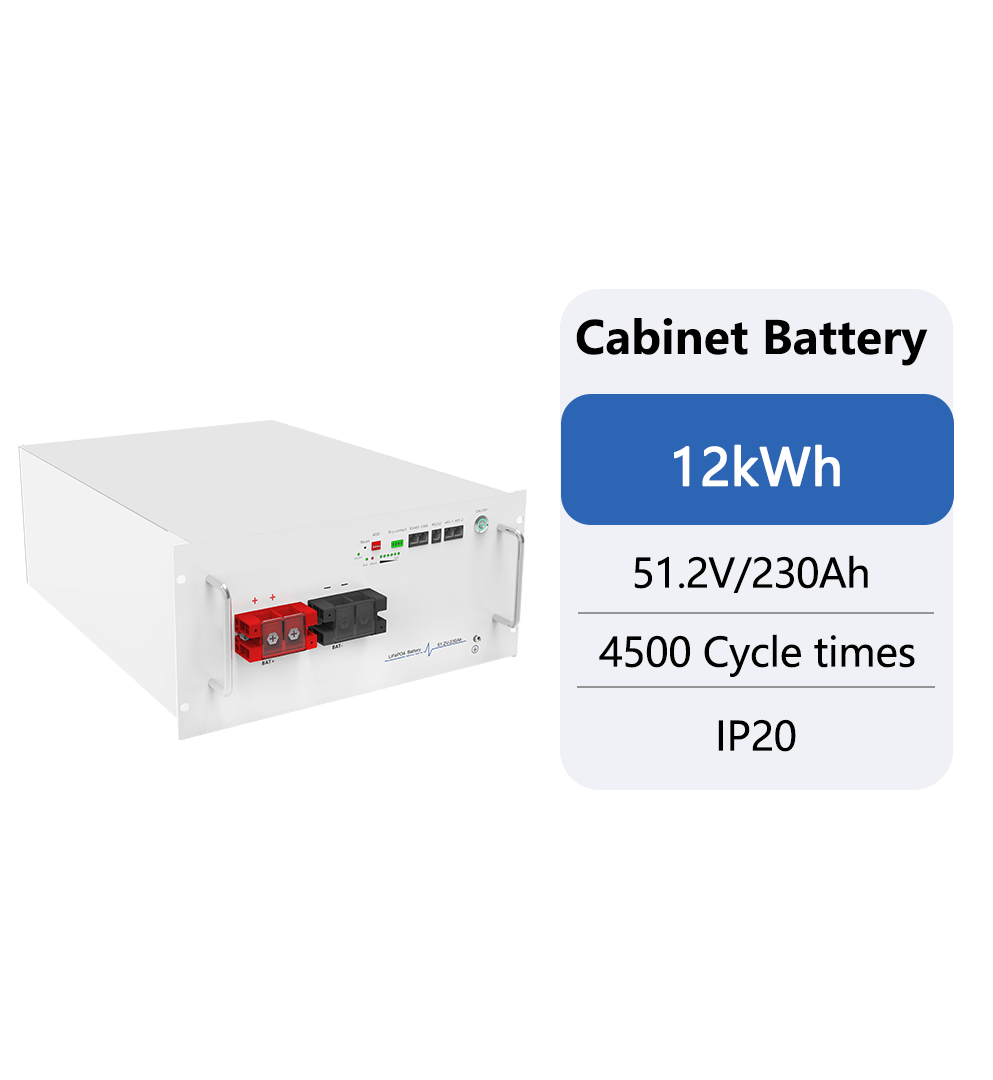
4500+ Cycle Life | Modular & Scalable | Smart BMS Protection | Easy System Integratio
EC cloud
Check your electricity usage
on your phone at anytime
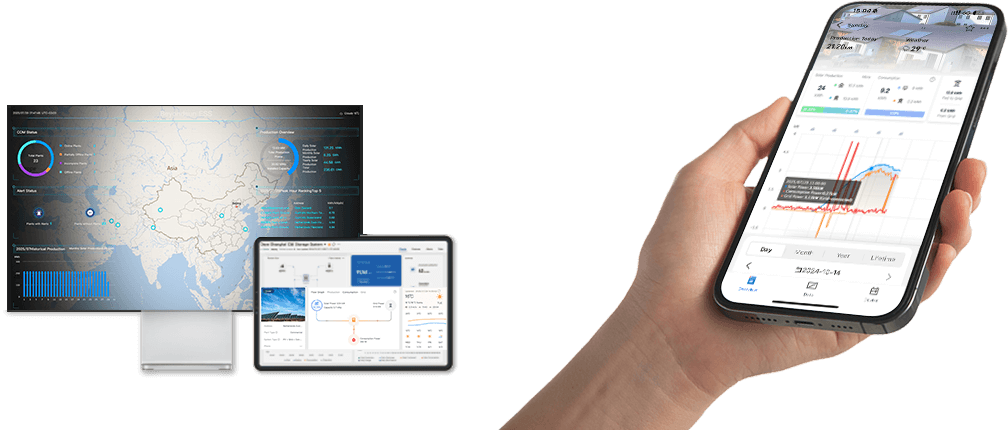
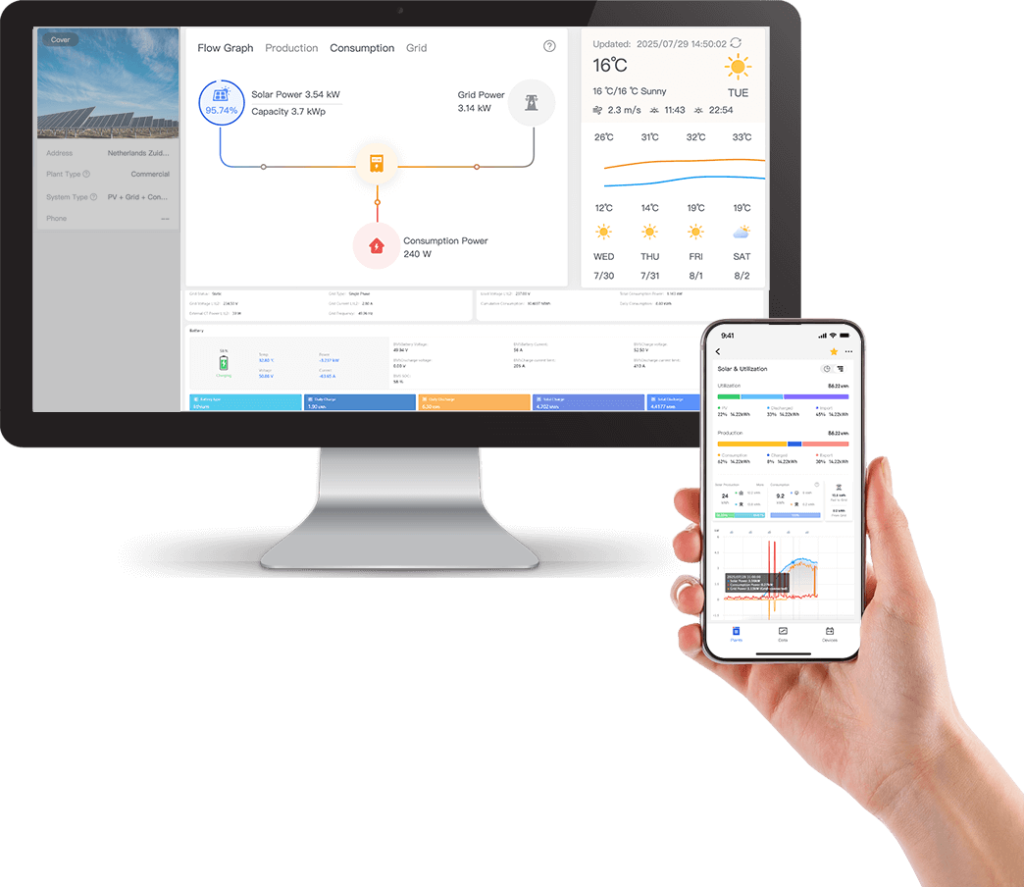
This text briefly introduces visitors to your main services.

Solar energy is a clean, renewable power source that helps businesses reduce carbon footprint and often comes with government incentives

EC Inverters lower energy bills by reducing reliance on grid power like zero-export function. Savings can cover the initial investment

When the grid is out of power,EC Inverters can work together with a diesel generator to continue to supply power to the loads, supporting parallel connections without needing an external controller.

Full scene, high-precision, actively identifying DC anomalies Millisecond level fast response ensures the safety of the DC side of the system
